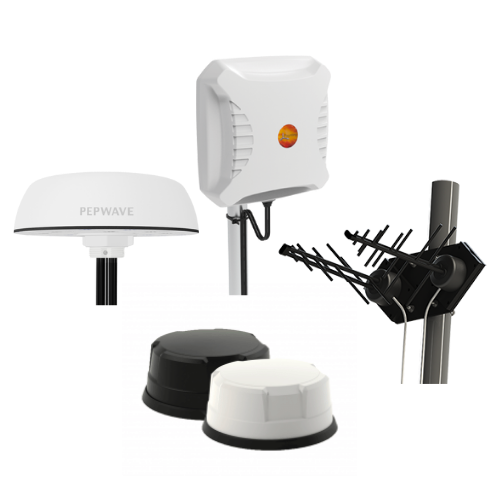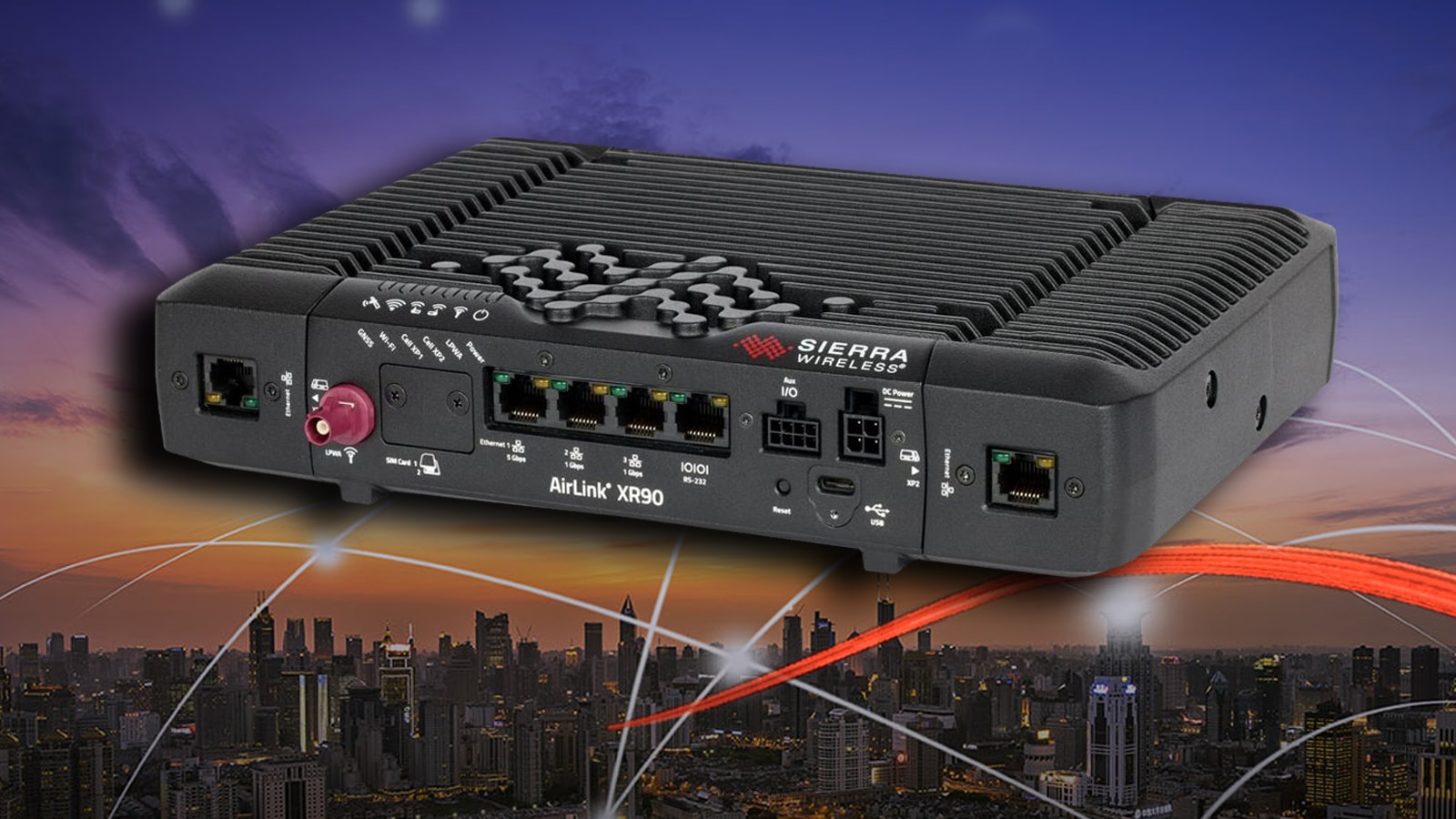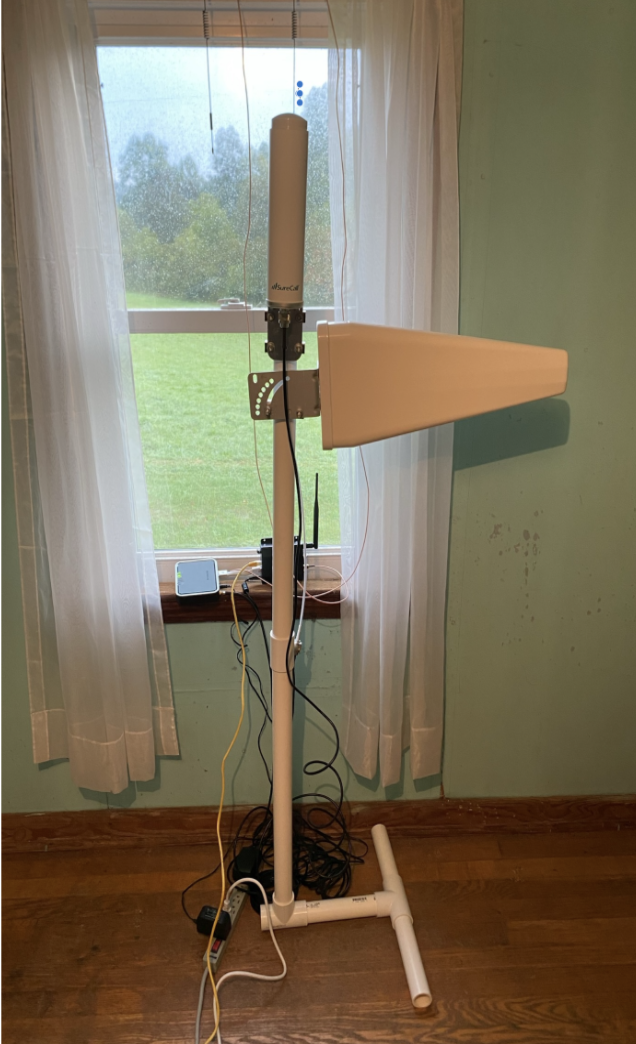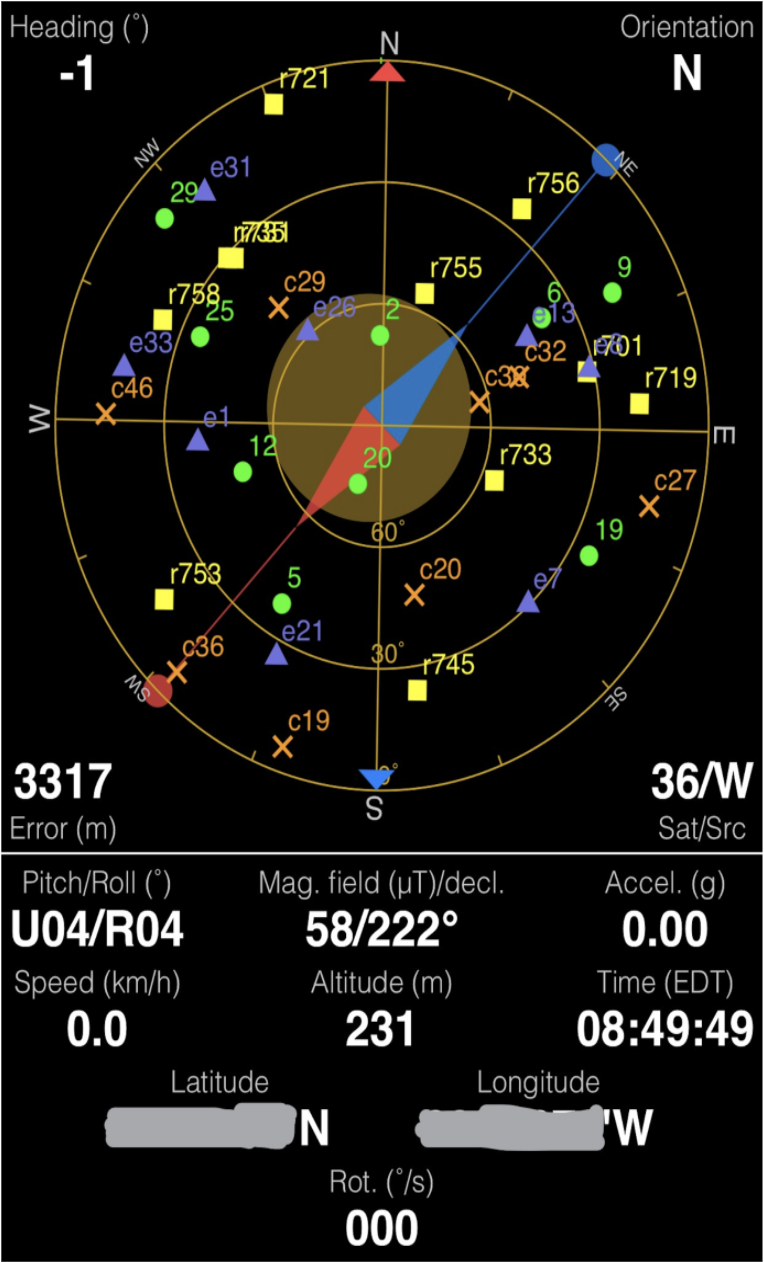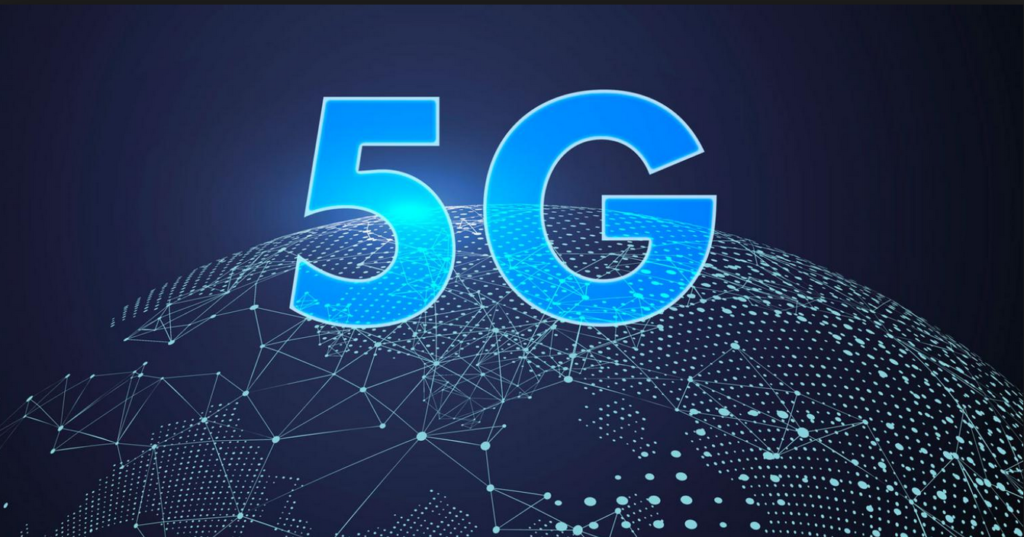
While carriers in the U.S. continue to challenge and compete with one another, both China and Korea are still miles ahead of the U.S. when it comes to the 5G race. It looks like it will be a repeat of what happened with 4G LTE as our country was behind back then as well.
The importance of 5G
It’s been found that 5G could contribute an estimated $565 billion in value to the global economy by 2034, according to research results from GSMA. This has however been shadowed by how slowly the technology has been to roll out.
Sadly, the truth is that shifting to 5G service may not change our everyday lives. Instead, we expect that due to the limited availability, the service will apply more to businesses and government. The importance of 5G lies in the ability to provide faster connectivity and lower latency, which will impact many industries and alter how businesses do work.
How Does 5G Work?
Not all 5G is created alike. Some connections may only be a fraction faster than LTE service. In comparison, a fully operational 5G network should be at least 10x faster than an LTE network. Theoretically, many experts have even estimated it to be 100x faster. These kinds of bandwidth speeds is what can make IoT (Internet of Things) and IIoT (Industrial IoT) more of a reality as it can enable self-driving cars and robots in factory settings.
“Network Slicing” is something that will likely be used to showcase 5G in the immediate future. This is a practice that allows multiple networks to operate on one dedicated platform. This represents a radical change from current approaches and would enable industries like automotive, government, logistics, media and healthcare to benefit from customized data processing.
Take how quickly Uber works to connect you with drivers, map the driving route and then process your payment — all in just a few clicks. Before LTE networks, an application like Uber or Lyft would have been nearly impossible because of the speeds and latency.
4G LTE technology opened up countless possibilities and introduced new types of connectivity that seem commonplace now. Just like digitization transformed our current market, 5G will prompt new business practices that can be difficult to imagine now.
Why is 5G Taking So Long to Deploy?
Like we mentioned earlier, not all 5G is alike. Neither are all cellular spectrums. There have been safety concerns and auctions over what carrier gets to use what spectrum. The U.S. found itself in a bit of a spectrum crisis amid the push for 5G.
Due to the FCC’s constraints on cellular, 5G can only operate on certain frequencies of the radio frequency spectrum in the U.S. The FCC controls and allocates the spectrum for nonfederal use by public and private organizations. The “mid-band” spectrum, which is best for 5G service, was allocated in the U.S. for federal use. It wasn’t until recently that more of this spectrum has been made available for carriers.
In 2019, the U.S. pursued mmWave for its 5G deployments. This turned out to be a costly mistake, which has since been acknowledged by FCC Chairwoman Jessica Rosenworcel. “If we just relied on millimeter wave spectrum, we’d actually grow the digital divide with 5G,” said Rosenworcel in 2020.
It’s true that mmWave supports a large capacity, but the problem is that the signals do not travel long distances and do not easily penetrate obstacles. This requires expensive investments in ground infrastructure to achieve full functionality. In contrast, other countries run their 5G deployments with the mid-band spectrum. This is known as the sweet spot for 5G because of its combination of capacity and ability to send signals over relatively long distances.
How Can We Move Things Along?
The FCC recognizes the importance of the mid-band spectrum and what it can do to help the U.S. achieve what our competitors overseas have done. They have started to make more of the spectrum available by auctioning off frequency bands in record-breaking auctions through 2020 and 2021. In 2020, the Department of Defense (DoD) also announced an initiative that aimed to share the spectrum on a widespread basis with commercial interests.
Keep in mind that each spectrum has limited use. As it is auctioned off for more uses, we are confronted with new challenges in sharing the spectrum between highly sensitive DoD assets and commercial interests. There are still several things we don’t know or understand about using the spectrum efficiently and how to make spectrum-sharing a viable solution for all parties involved.
You may recall that in late 2021, the U.S. Federal Aviation Administration (FAA) raised urgent concerns about potential interference occurring between 5G C-Band and sensitive aircraft communication systems. As a result, Verizon and AT&T agreed to delay some of their 5G rollouts.
These somewhat avoidable delays just goes to show how much more organizations need tools to monitor and understand radio frequency spectrums. Still, limited resources are currently available.




